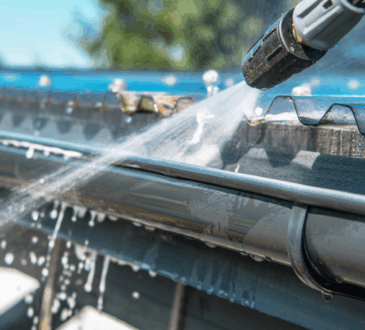
Access to clean, safe drinking water is one of the most fundamental needs for any community. Ensuring that water remains free from contaminants and meets public health standards requires sophisticated infrastructure and well-designed systems. Municipal water treatment systems are pivotal in making sure that the water reaching households, businesses, and public facilities is safe for consumption. These systems not only improve the quality of water but also contribute to the overall health and sustainability of a community.
The Importance of Clean Water
Clean water is essential not only for drinking but also for maintaining hygiene, supporting agriculture, and fostering economic development. Contaminated water sources can lead to various waterborne diseases, such as cholera and dysentery, that pose significant health risks to communities. The role of municipal water treatment systems in purifying water cannot be overstated, as they act as a barrier between potential contaminants and public health.
Municipalities are tasked with providing water that is clean, safe, and reliable. This responsibility is met through a series of treatment processes designed to remove impurities, pathogens, and harmful chemicals from water before it is delivered to the population.
Key Functions of a Municipal Water Treatment System
A municipal water treatment system typically involves several stages, each designed to address specific contaminants found in water sources such as rivers, lakes, or groundwater. Here are the primary functions of a municipal water treatment system:
1. Coagulation and Flocculation
The first step in most water treatment processes involves adding chemicals, such as aluminum sulfate, which help particles in the water to clump together, forming larger particles known as “flocs.” This process makes it easier to remove suspended particles from the water.
2. Sedimentation
After coagulation and flocculation, the water is allowed to sit in large tanks where the heavy particles settle to the bottom. This process, known as sedimentation, separates the clean water from the larger particles, further purifying it.
3. Filtration
Next, the water is passed through filters made of sand, gravel, or charcoal to remove any remaining particles, including smaller debris and some dissolved chemicals. Filtration helps to improve the water’s clarity and quality.
4. Disinfection
To ensure the water is free from harmful pathogens, disinfection is carried out using chlorine, ozone, or ultraviolet light. This step is critical in killing bacteria, viruses, and other microorganisms that could cause illness.
5. pH Adjustment and Fluoridation
In some areas, the pH level of the water is adjusted to reduce corrosion in pipes and plumbing systems. Additionally, many municipalities add fluoride to the water, which helps prevent tooth decay and promotes dental health within the community.
The Benefits of a Municipal Water Treatment System
A well-maintained municipal water treatment system offers numerous benefits to the community. First and foremost, it ensures that the water is safe to drink, significantly reducing the risk of waterborne diseases. Additionally, these systems contribute to the overall well-being of residents by improving hygiene, supporting sanitation systems, and maintaining public health standards.
By managing the water supply, municipal treatment systems also help preserve local ecosystems. Controlling the contaminants in the water helps prevent pollution of lakes, rivers, and groundwater sources, which are vital to both human and environmental health.
Challenges Faced by Municipal Water Treatment Systems
While municipal water treatment systems are essential, they do face several challenges. One of the most significant is aging infrastructure. Many treatment facilities in older cities are dealing with outdated equipment and pipes, which can increase the likelihood of contamination or inefficiencies in the treatment process.
Another challenge is the increased demand for water as populations grow. This puts a strain on existing water resources, often requiring municipalities to find new sources of water and improve treatment processes to meet the rising demand.
Climate change also plays a role, as changing weather patterns can affect the availability and quality of water. Droughts, floods, and temperature fluctuations can make it harder to secure clean water and may require treatment systems to adapt quickly to new conditions.
Future Trends in Municipal Water Treatment
To address these challenges and ensure a continued supply of clean water, municipalities are investing in advanced water treatment technologies. Innovations such as membrane filtration, reverse osmosis, and advanced chemical treatments are becoming more common, offering enhanced water quality and efficiency. Additionally, there is a growing focus on sustainable practices, such as water reuse and conservation, to help mitigate the strain on freshwater sources.
Incorporating real-time monitoring and smart technologies also holds promise for optimizing municipal water treatment systems. By using sensors and data analytics, municipalities can detect problems early and respond quickly to prevent water contamination.
Conclusion
Municipal water treatment systems are indispensable in ensuring clean, safe drinking water for all. Through a series of well-designed processes, these systems remove harmful contaminants, safeguard public health, and help preserve local water resources. As communities face new challenges related to population growth, climate change, and aging infrastructure, continued innovation and investment in water treatment technologies will be crucial to meet future water demands.




